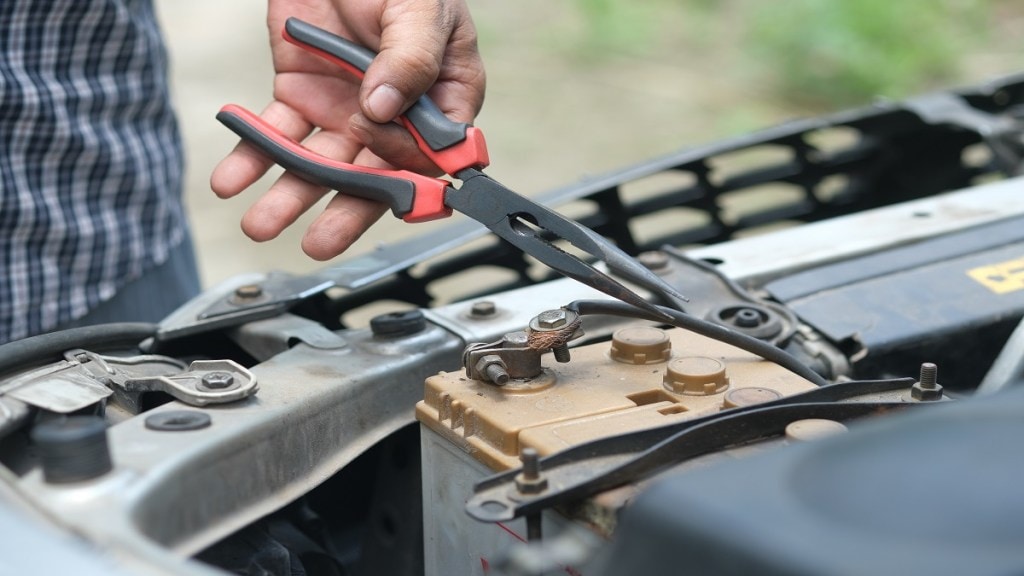By Pankaj Sharma
One of the most critical challenges facing the world today is the transition to renewable energy sources. As concerns about climate change grow, countries and companies alike are setting ambitious targets for net-zero emissions, with renewables at the centre of their strategies. While renewable energy, such as solar and wind power, holds immense promise for a sustainable future, its inherent intermittency presents a significant obstacle to its widespread adoption. To address this challenge, energy storage, particularly in advanced batteries, emerges as a key enabler for the integration of renewables into our energy systems.
Renewable energy sources like solar and wind are highly dependent on weather conditions and daylight availability. As a result, their electricity generation is intermittent, often misaligned with peak electricity demand hours. Traditional power grids are designed to handle steady and predictable inputs and outputs of energy, making it difficult to accommodate the fluctuations from renewable sources without compromising grid stability.
To facilitate the seamless integration of renewables, many countries are moving away from net metering systems and recognizing the importance of energy storage solutions. Storing excess energy generated during peak production periods in batteries allows for its release during peak demand hours, ensuring a stable and reliable energy supply to consumers. This dynamic approach not only balances the grid but also reduces the need for backup fossil fuel power plants, contributing to a cleaner and more resilient energy system.
Another compelling reason for embracing energy storage lies in the adoption of time-of-day tariffs. These pricing models encourage energy users to consume electricity during off-peak hours when energy costs are lower. By utilizing batteries, consumers can store cheap electricity from renewable sources when it is plentiful and draw from these reserves during expensive peak tariff windows, effectively reducing their energy expenses. This strategy proves particularly advantageous for industries and businesses, enabling them to manage input energy costs efficiently and mitigate the impact of time-based pricing on their operations.
Furthermore, energy storage technology complements the economics of renewable energy production. Solar and wind power are known for their low production costs; however, pairing them with cost-effective energy storage makes overall electricity generation more competitive. The availability of affordable storage solutions encourages even faster adoption of renewables, making them an attractive choice for businesses and consumers alike.
As the world races towards its renewable energy targets, countries like India have set ambitious goals to install 500 GWh of renewable energy by 2030. Such endeavours create significant opportunities for startups and innovative companies to contribute to the energy storage revolution. Traditionally, lead-acid batteries have been used for stationary energy storage. However, their short lifespan of around three years raises concerns about frequent replacements, rendering long-term renewable projects economically unviable.
Indian startups are paving the way for revolutionary battery technologies. They are working on building batteries with extended lifecycles of 15-20 years, presenting a perfect solution for stationary energy storage. The use of Lithium Titanate Oxide (LTO) cell chemistry is one example of a battery configuration that can achieve a 20-year lifespan without the need for replacements during the lifetime of a solar or wind project. Similarly, Lithium Iron Phosphate (LFP) chemistries, combined with proper thermal management to avoid degradation, hold promise for creating long-life batteries with optimal performance.
Also read: How to empower MSMEs through financial innovation for sustainable development
This emerging field offers a fertile ground for startups specializing in innovative battery chemistries, thermal management systems, and power electronics. The development of long-lasting, cost-efficient, and reliable energy storage solutions is crucial for unlocking the full potential of renewable energy sources. Startups that can deliver breakthroughs in energy storage technology will play a pivotal role in accelerating the adoption of renewables and driving the transition to a sustainable and greener energy future.
In conclusion, energy storage holds the key to the faster adoption of renewable energy sources in our quest for a sustainable future. By addressing the intermittency of solar and wind power, advanced battery technologies enable stable grid integration, reduce energy costs, and complement the economics of renewable energy production. As countries and companies worldwide strive for net-zero emissions, the opportunities for startups in the energy storage space are immense. Innovative solutions developed by these startups will be instrumental in propelling the renewable energy revolution forward, making a significant and positive impact on the global energy landscape.
Pankaj Sharma is the Co-Founder and Director at Log9 Materials. Views expressed are the author’s own.

